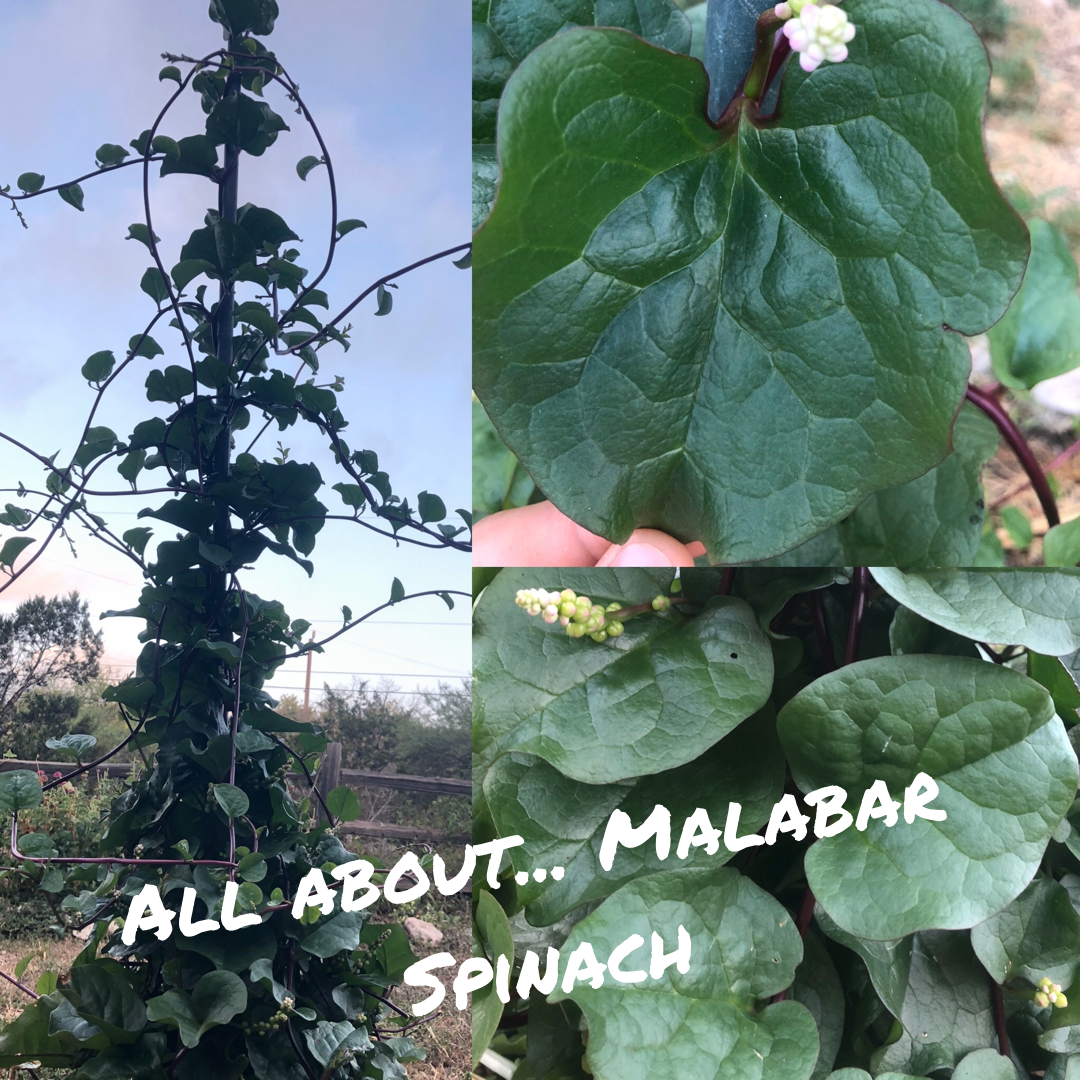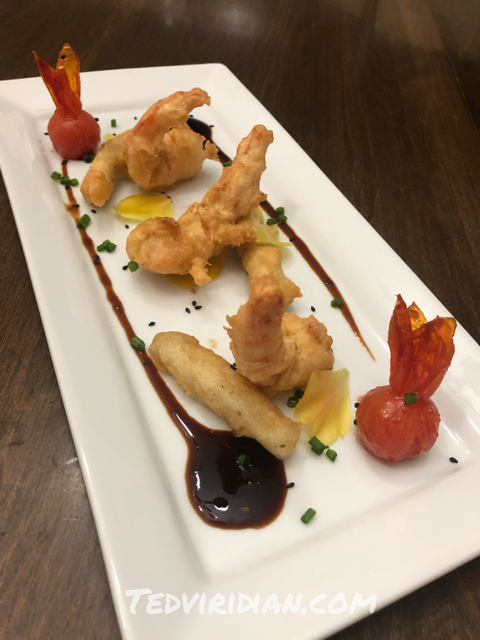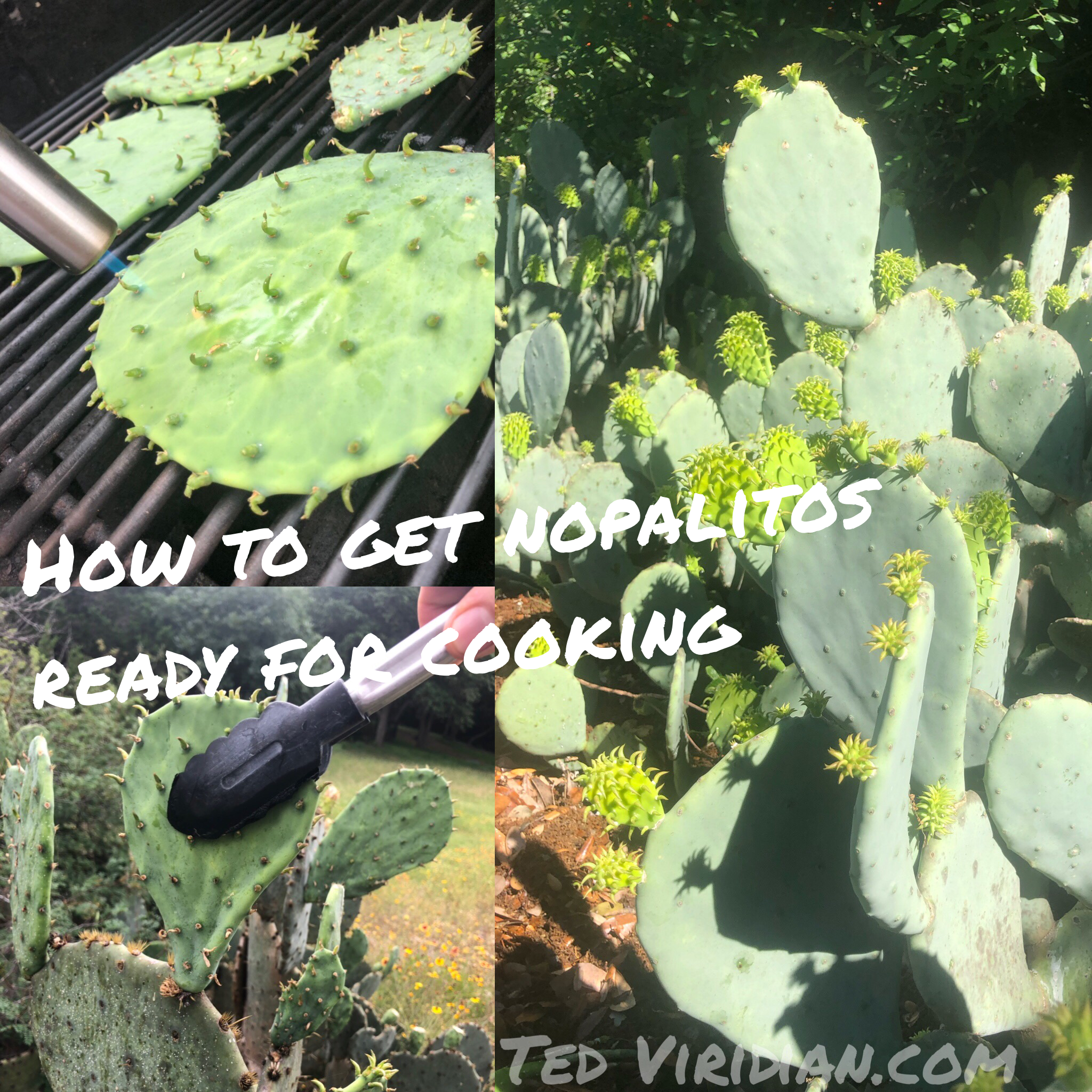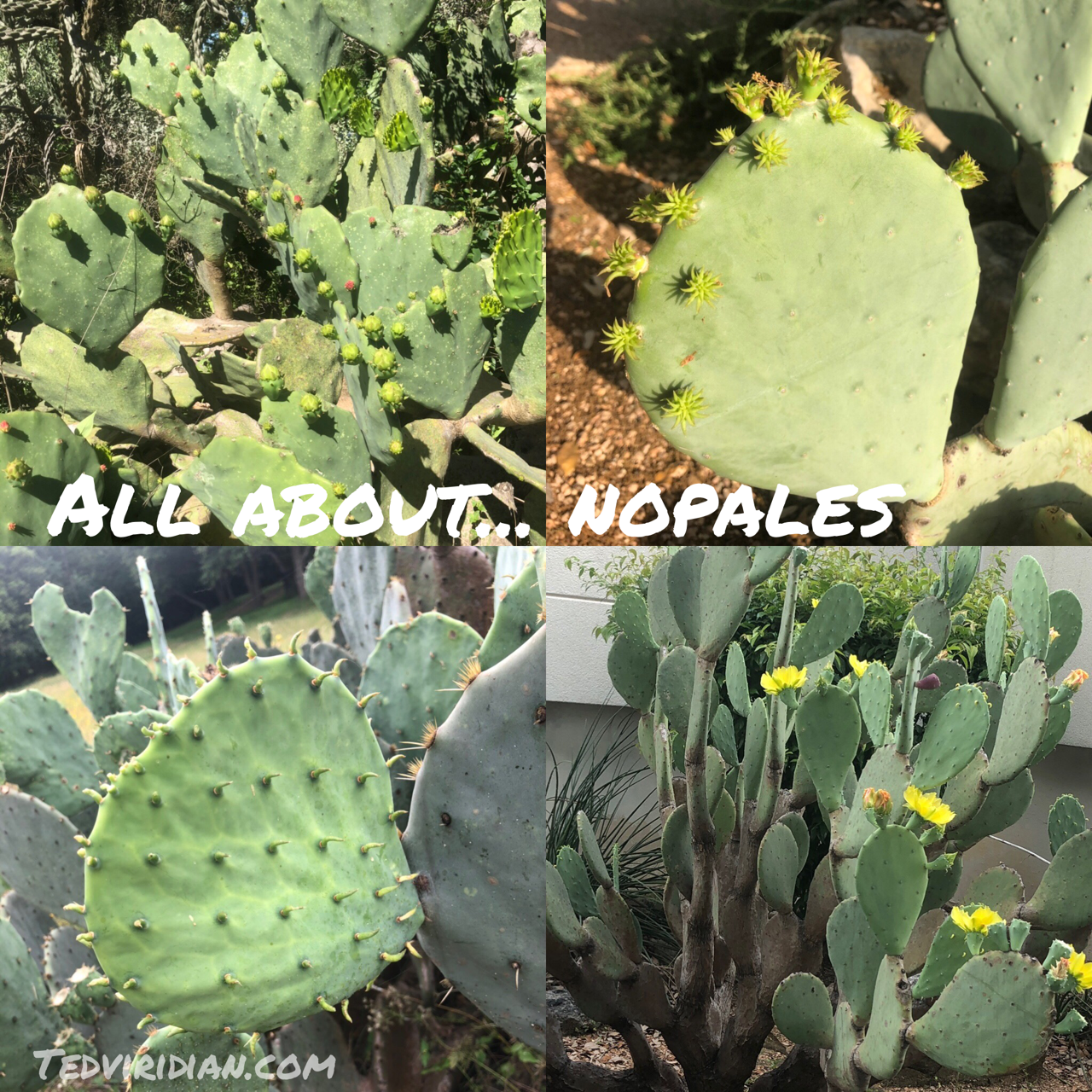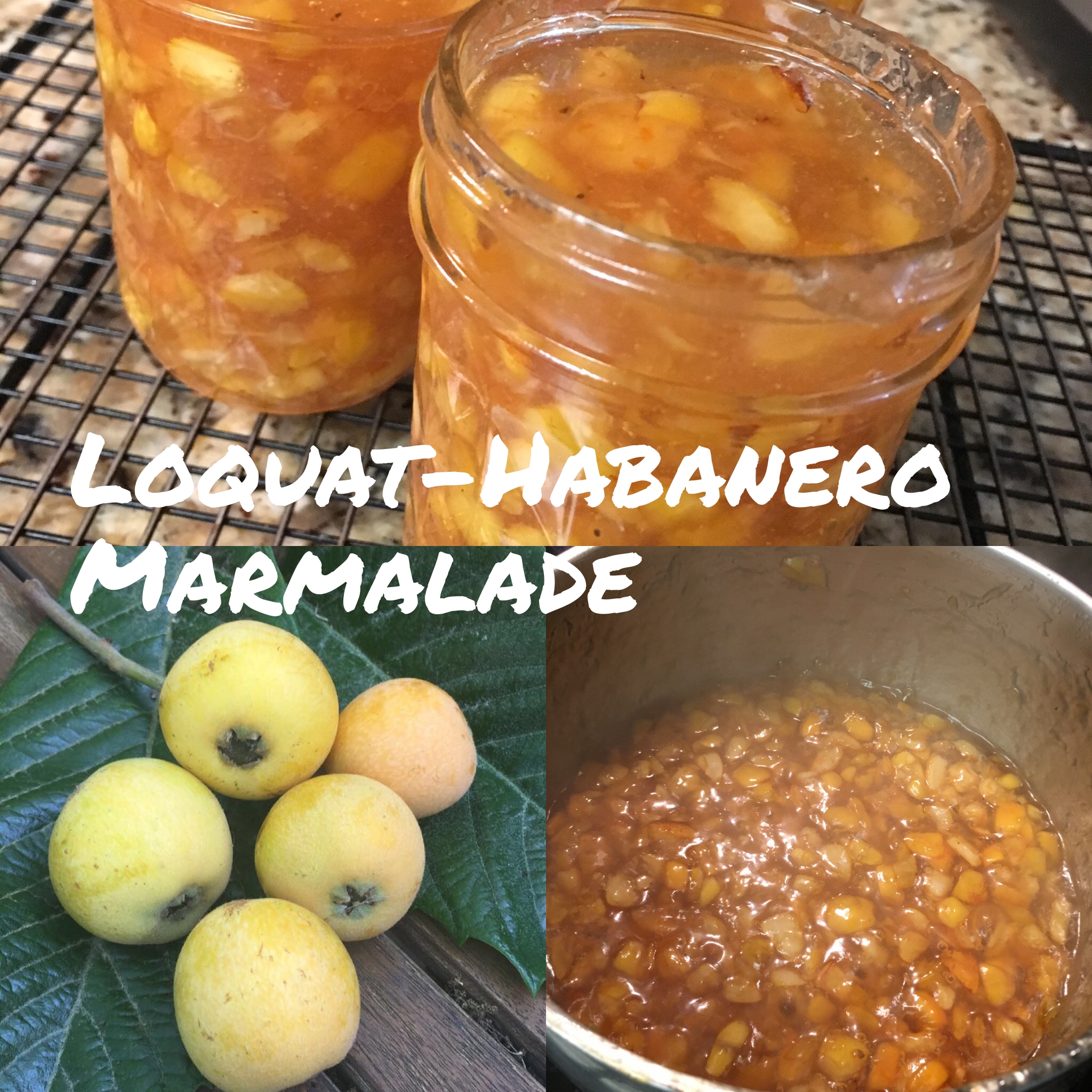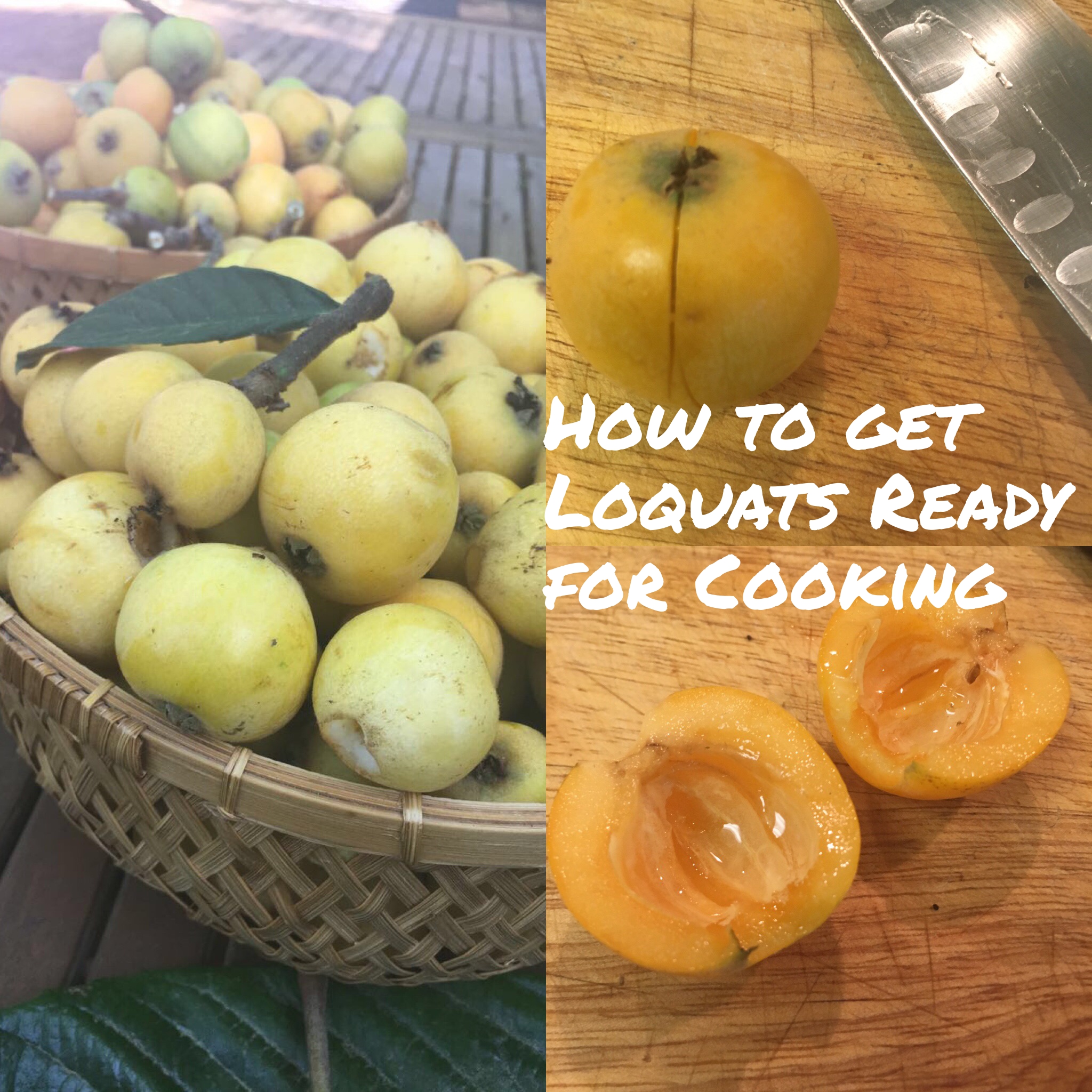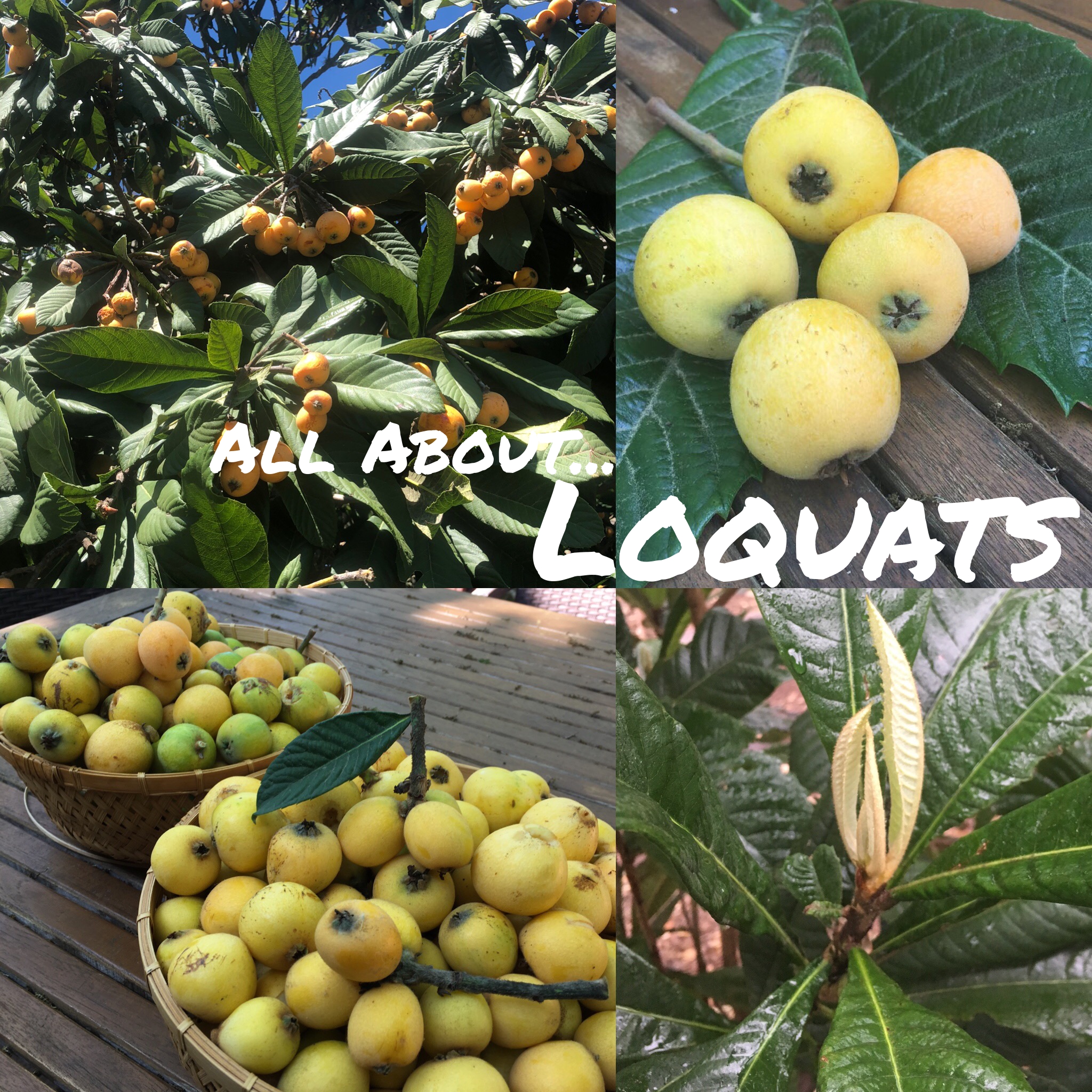All about… Malabar Spinach
It’s a good thing Popeye didn’t live in Texas. Spinach was brought over from cool European climates, so it’s not a fan of Texas summer’s blistering heat and parching drought. Our soaring temperatures do a good job of incinerating any hopes of a summertime spanikopita. But wait… a hero emerges! Who is this surprisingly ornamental, …
